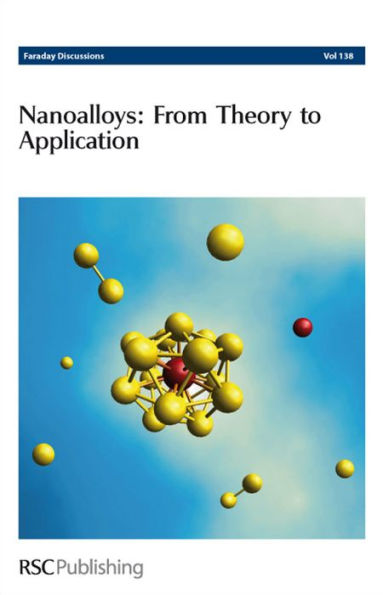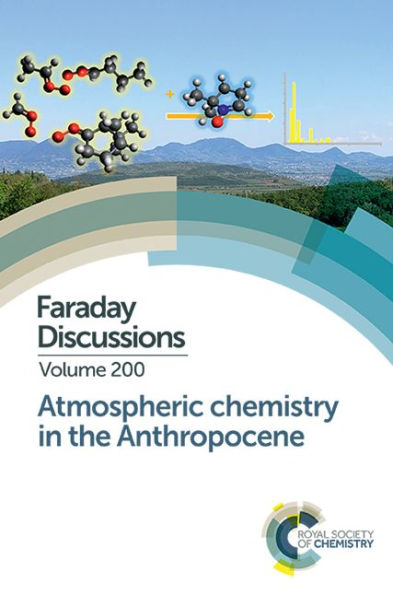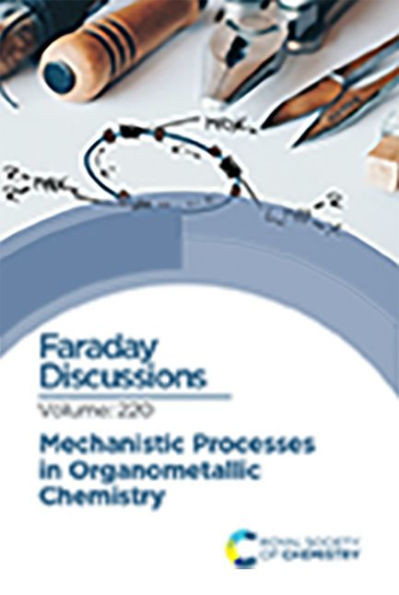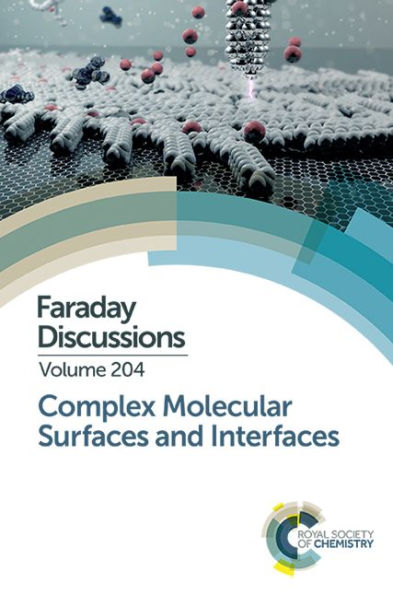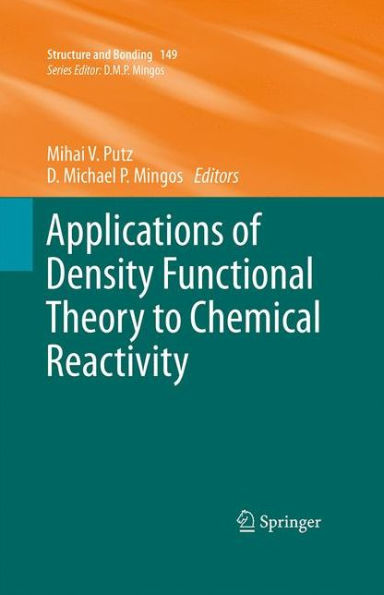Home
New Horizons in Density Functional Theory: Faraday Discussion 224
Loading Inventory...
Barnes and Noble
New Horizons in Density Functional Theory: Faraday Discussion 224
Current price: $235.00
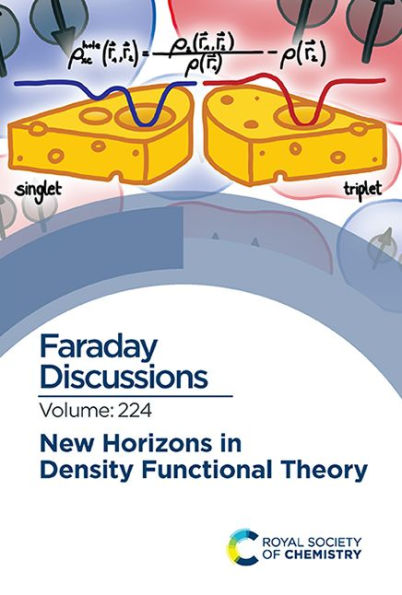

Barnes and Noble
New Horizons in Density Functional Theory: Faraday Discussion 224
Current price: $235.00
Loading Inventory...
Size: OS
*Product Information may vary - to confirm product availability, pricing, and additional information please contact Barnes and Noble
Density functional theory (DFT) is today’s most widely used method for practical computational electronic structure calculations across chemistry, physics and materials science. It is not only the first choice for running simulations, but it has also delivered an alternative view-point for thinking about the electronic structure of an enormous range of molecular and solid state systems. Fuelled by a rapid increase in computational power and the advent of linear scaling technologies the systems to which DFT may be applied have become ever larger, more complex and more diverse. This rapid growth in the range of problems that may be subjected to computational study has often highlighted new challenges for DFT methodologies in terms of accuracy, speed and scope, spurring many new developments in the field.
This Faraday Discussions volume is for chemists, physicists, materials scientists and applied mathematicians who develop new density-functional methods and rely on this approach as a key tool in their research. By discussing the latest cutting edge developments and their relative merits this volume should help bring these new methods to practical application quickly and effectively. It focuses on the following four themes:
New density-functional approximations and beyond
Challenges for large scale simulation
Strong correlation in density-functional theory
New approaches to study excited states in density-functional theory
This Faraday Discussions volume is for chemists, physicists, materials scientists and applied mathematicians who develop new density-functional methods and rely on this approach as a key tool in their research. By discussing the latest cutting edge developments and their relative merits this volume should help bring these new methods to practical application quickly and effectively. It focuses on the following four themes:
New density-functional approximations and beyond
Challenges for large scale simulation
Strong correlation in density-functional theory
New approaches to study excited states in density-functional theory
